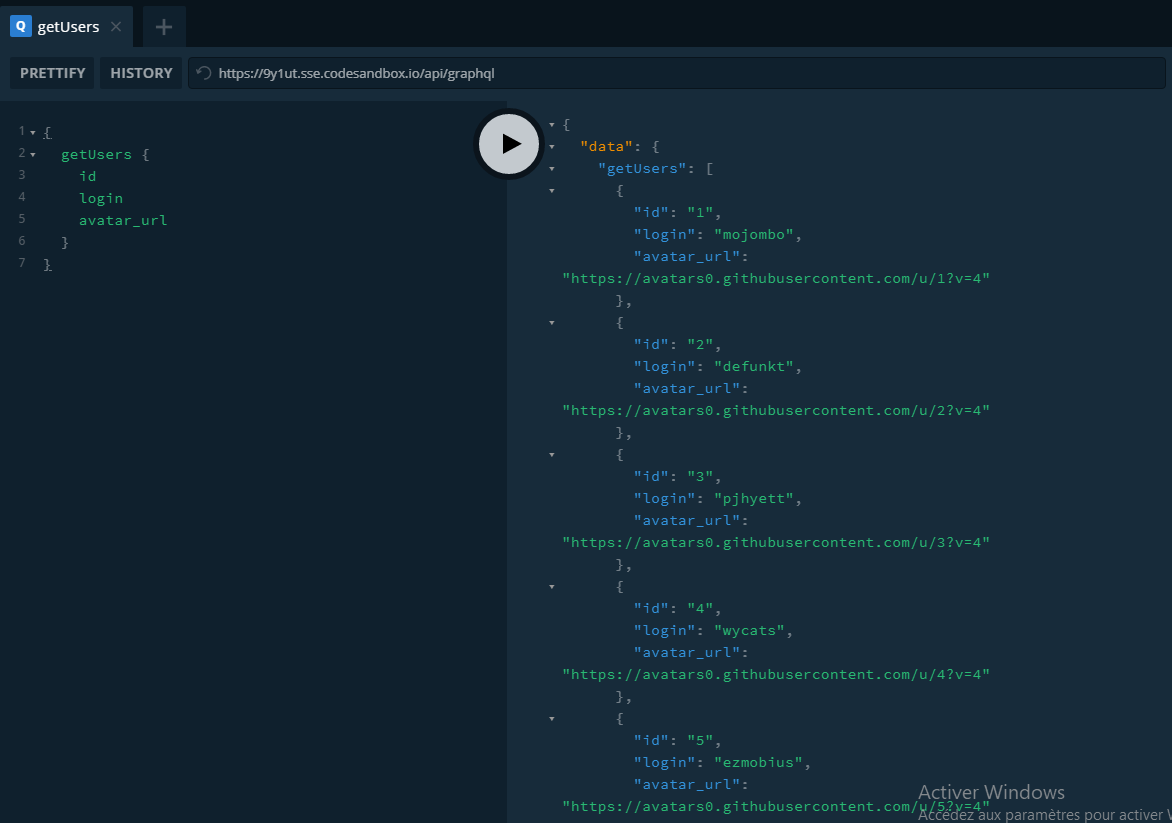GraphQL On The Front-End (React And Apollo)
One of the main benefits of GraphQL is the client’s ability to request what they need from the server and receive that data exactly and predictably. Without much effort, one can easily pull nested data by just adding more properties to our queries instead of adding multiple endpoints. This prevents issues like over-fetching that can impact performance.
Usually, to handle GraphQL on the client-side, we make use of the Apollo Client. It allows developers to define, handle, and make queries/mutations available within our application. It can also act as a state management tool with your client-side application.
In this article, we’re going to learn how to handle real-time updates on the client-side using GraphQL. We’ll be learning how to do this with GraphQL Features like Cache Update, Subsc...
